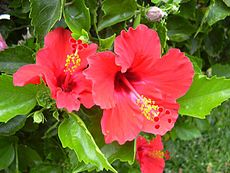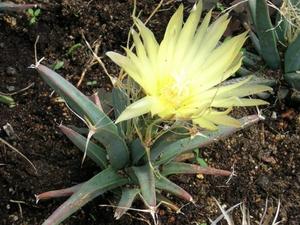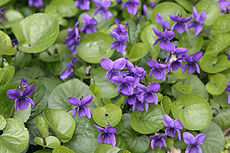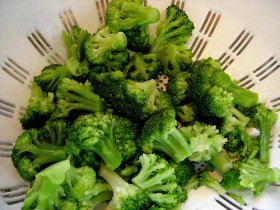The colors of the environment around us influence our mood. Today studies have shown that color has not only a symbolic value but that it has effects on our psyche.
We can therefore choose the colors of the plants and flowers for our home or for ourselves based on this logic.

White
It is the color of purity and light and recalls summer and freshness. An example of a white-flowered plant is the Solanum jasminoides a vigorous climbing plant that blooms from late spring to autumn with bunches of flowers.

Red
It is the color of passion par excellence. Stimulates mood by fighting depression and apathy and improves physical stamina. An example of a red flower plant is hibiscus ( Hibiscus rosa-sinensis)

Yellow
stimulates concentration and ignites attention. This warm and energetic color is the color of plants like the

Pink
Delicate color conveys serenity and peace.
This is the color of the flowers of the Polygonum bistorta a small plant (no more than 75 cm tall) herbaceous, perennial, hairless, with delicate pink flowers

Purple
the color of meditation and spirituality. Calm your mind and soul.
This is the color of the Viola (Viola odorata)

Green
It is the color of peace of balance. It transmits serenity and harmony. Linked to green it will not offer flowers but green vegetables containing vitamin K (it has strong antioxidant powers).
Give the roses away
Roses have a different meaning depending on the color.

Orange rose - charm;
White rose - pure and spiritual love;
Coral pink - desire;
Christmas Rose - peace, tranquility;
Yellow rose - jealousy, infidelity, decline of love;
Musk rose - capricious beauty;
Pink rose - friendship, affection;
Dark pink rose - gratitude;
Pale pink rose - joy;
Peach-colored rose - secret love;
Red rose - passion of love;